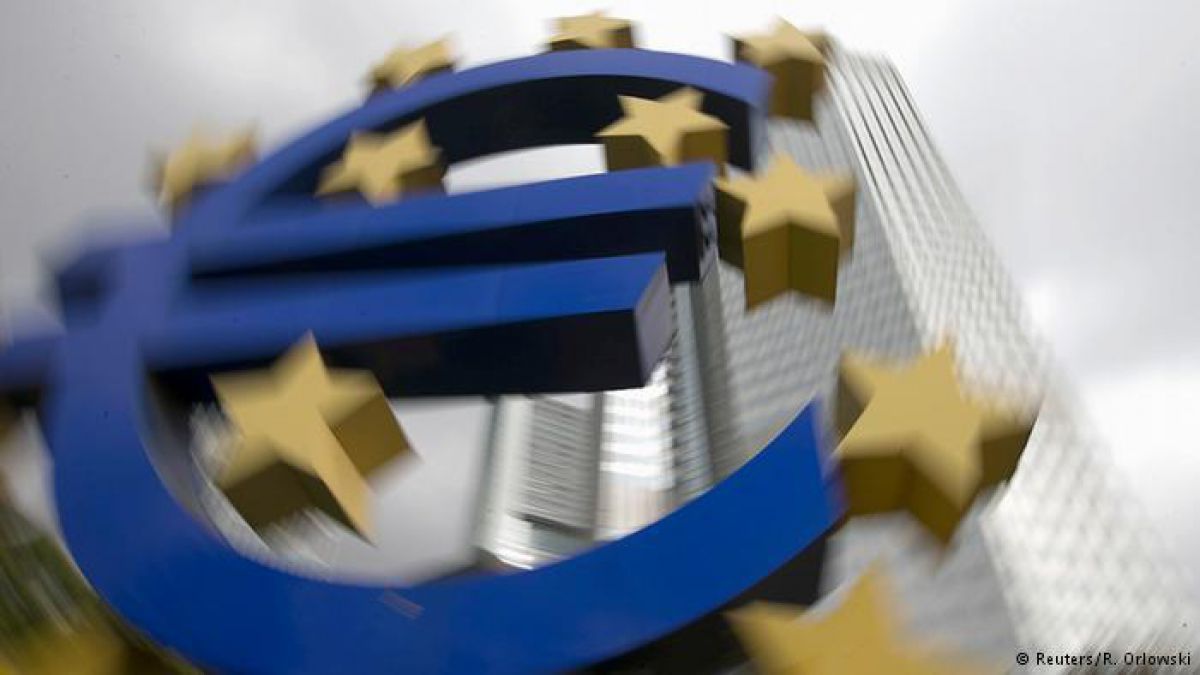Inflation, rising bond yields, and the conflict in Ukraine drove down valuation multiples and the subsequent European equities crash from January to September, which fell 22% before rebounding in the fourth quarter of 2022.
The increase in prices of energy it was the biggest driver of euro zone inflation, which reached a staggering 10.7% in October and prompted the European Central Bank (ECB) to raise rates.
At the same time, German 10-year bond yields, which reached their highest level in 11 years in 2022, signaled a new era of rising rates in developed markets, taking its toll on growth-oriented stocks.
With a possible recession on the horizon, the European Central Bank must carefully manage rate hikes to reduce core inflation in 2023. This will create an environment that should benefit more value-oriented sectors, as well as companies that are inflation hedges and less sensitive to rising rates (versus future earnings from growth stocks).
The generally cyclical structure of the European market, combined with historical valuation discounts, means that a little bit of good news can go a long way. Europe is potentially well positioned for any relief that may come from a weaker US dollargeopolitical resolutions and/or a continued pick-up in demand recovery after the pandemic.
From recession to recovery
Europe is likely to enter recession sooner than other developed markets, a scenario that appears to be increasingly factored into relative valuations of markets.
Although it is impossible to predict the timing of the recovery, there is strong evidence to suggest that a recession in the region should be relatively shallow compared to past experience. Therefore, we believe it makes sense to look for opportunities to position portfolios for an eventual economic recovery.
Regardless of when the recovery occurs, European equities pay dividends nearly double those of the US, which in our view at Janus Henderson offers an attractive income opportunity.
The more cyclical nature (ie higher exposure to the consumer, energy, financials and materials sectors) of European equities versus US equities and their lower relative valuations present strong upside potential.
* Director of Construction and Portfolio Strategy at Janus Henderson
Source: Ambito
David William is a talented author who has made a name for himself in the world of writing. He is a professional author who writes on a wide range of topics, from general interest to opinion news. David is currently working as a writer at 24 hours worlds where he brings his unique perspective and in-depth research to his articles, making them both informative and engaging.




